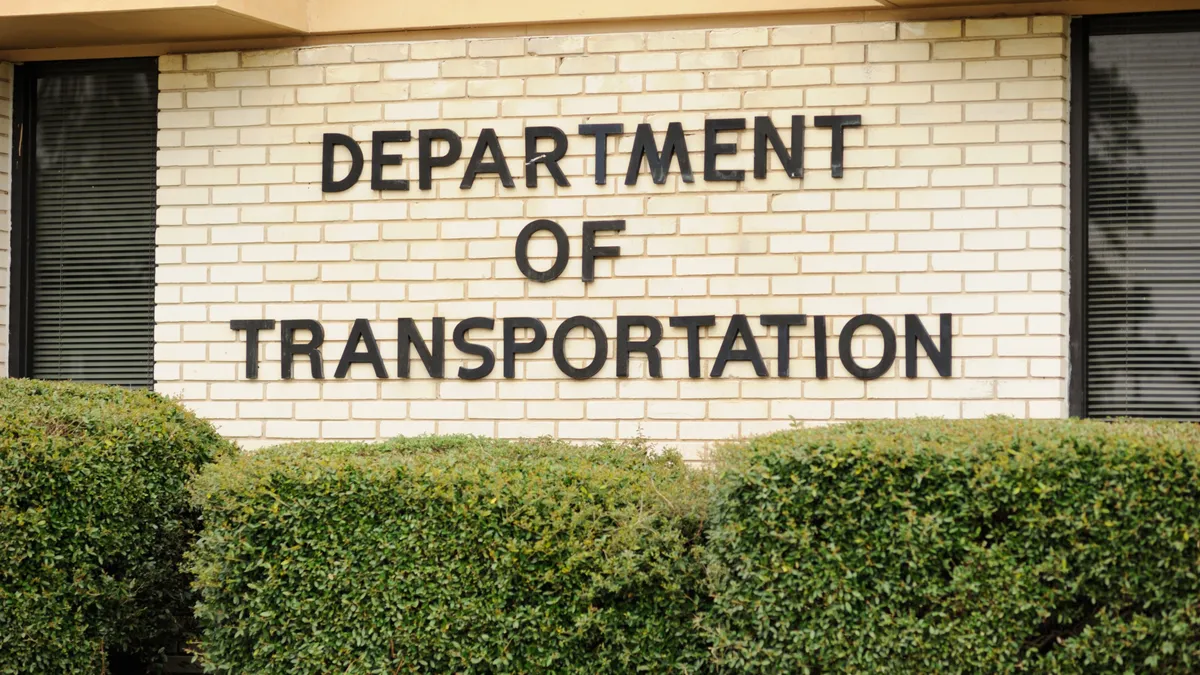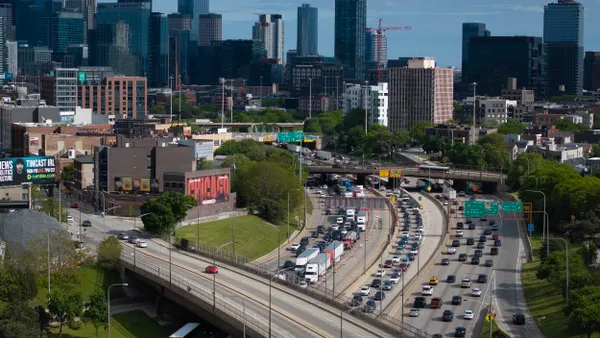Improving partnerships with state and local officials to reduce traffic fatalities will be critical, U.S. Department of Transportation officials emphasized during the Transportation Research Board’s annual meeting this week in Washington, D.C.
Traffic fatalities have risen in the U.S. since the start of the COVID-19 pandemic from 36,355 in 2019 to an estimated 42,915 in 2021, according to a Federal Highway Administration report.
“We are in a crisis. After decades of improvements, we're seeing these numbers moving in the wrong direction,” said Emily Schweninger, senior policy advisor for transportation health and safety at DOT.
“We have an opportunity to make a change,” Schweninger added. But that will require a “culture shift” and working together more.
Various DOT agencies that deal with traffic safety, such as the FHWA, the National Highway Traffic Safety Administration and the Federal Motor Carrier Safety Administration, are trying to coordinate better, said Schweninger. But “we need the rest of the industry stakeholders and the public, researchers, advocates, state, local and regional governments to work with us to address the crisis on the roadways,” she said.
Acting NHTSA Administrator Ann Carlson acknowledged the need to consider bikers and walkers, not just drivers. Efforts need to expand beyond just passing rules on seatbelts or drunk driving detection, she said.
“It takes a long time to have a rule take effect,” Carlson said. “Safer roads and streets are needed. We're encouraging states to partner to look not only in behavior changes but system changes.”
FMCSA is currently working on updating rules on speed limits, automation and safe vehicles, said Administrator Robin Hutcheson. “The safest commercial drivers are those [who have been] driving the longest,” she said. But turnover is high. “We're studying why they leave, probably because of compensation [and] predatory practices in truck leasing that compel drivers to work longer than they should.”











